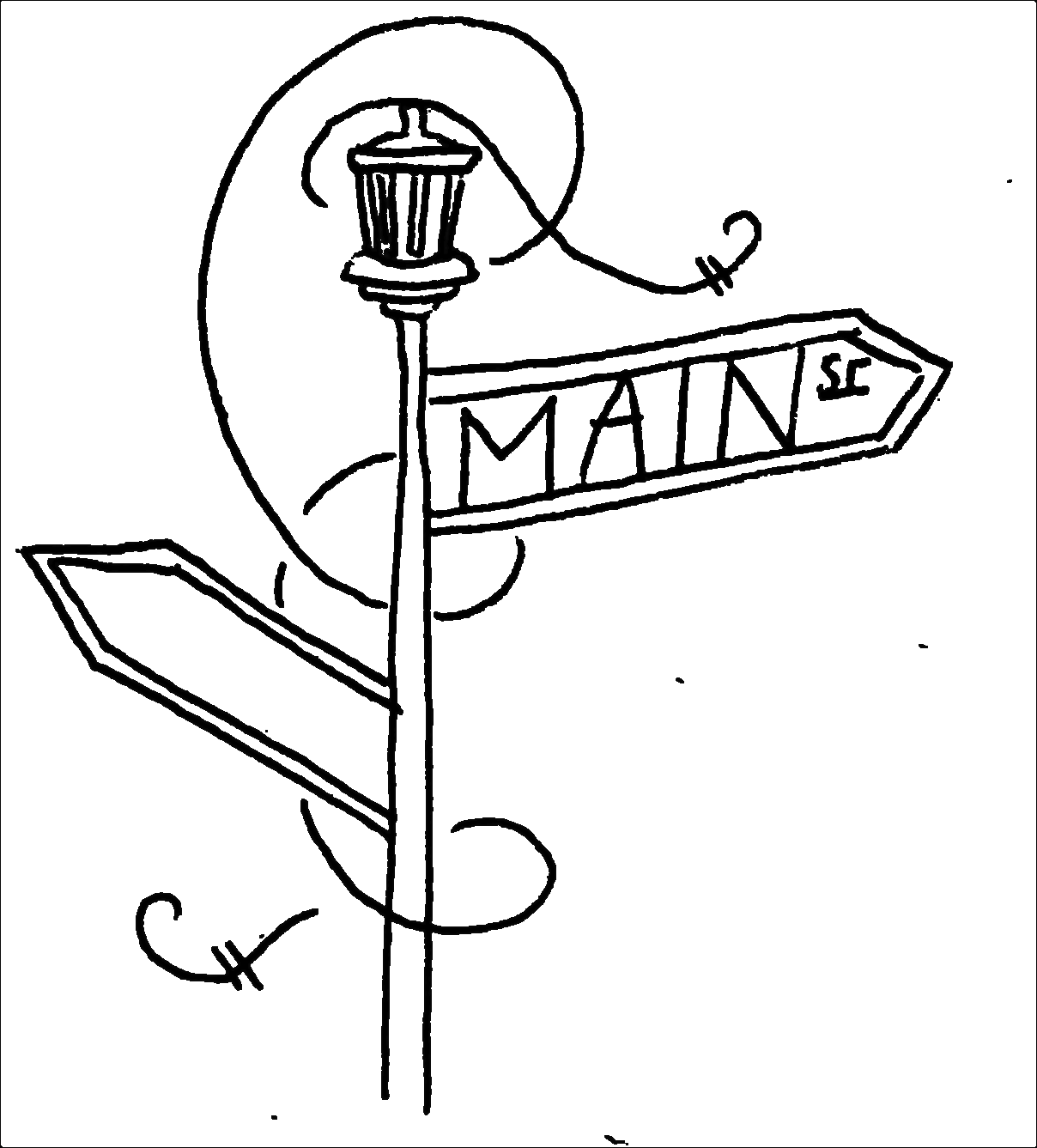Though I’d like to say I’m creative when it comes to where I jog, this isn’t the case. Wherever I run, I stick to a few favorite paths. I have three in my hometown, one at my grandparents’ in Philadelphia, and four in Amherst. Known to most runners are the Norwottuck Rail Trail, the Emily Dickinson Trail, and the UMass Loop. These are routes one, two, and three for me. Number four on my list—and number one in my heart—is Main Street.
Life in Amherst does not begin and end on Main Street. Though it is not the center of downtown Amherst, I like to imagine what Main Street might have been like in the past. Without a college at each end of Pleasant Street, perhaps north and south were not the two most important cardinal directions in downtown Amherst.
Most students have probably walked on Main Street without realizing it. If you’ve been to LimeRed or Amherst Books, you’ve been to Main Street. If you’ve walked under the arched passage heading towards Rao’s and Bueno Y Sano, you’ve touched Main Street. Walk a little further down, and you’ve hit the Emily Dickinson Museum. This is familiar territory to an Amherst student.
Pushing past the familiar, Main Street’s quirky charm quickly becomes apparent. Only on Main Street does the juxtaposition of local arts organizations and real estate agencies feel so right. Local staples like Bruno’s live next to more, dare I say, Amherstian establishments like Elements Spa and the Lumber Yard. Main Street is a hodgepodge of businesses; it’s neither thoughtful nor carefully planned out. No matter, Main Street is charming.
One of my favorite features of Main Street is Home and Homme. A longtime student of French, I recognized the second word as “man” right away. My brain worked to put two and two together. Was this a shop for home decor and for the fashionable male? Because I’ve never strolled down Main Street—I’m always jogging—I’ve yet to stop in. My questions go unanswered.
Stores like Home and Homme are a reminder of how Pioneer Valley the Pioneer Valley can be. Arts, crafts, and cuisine are central to towns like Amherst and Northampton. In a culture of craft, stores like Home and Homme are common, with all too common fates. It could thrive; the demand is there. But it could also fail as there are many stores like it. A store like Home and Homme needs to stand out to compete. The existence of a Home and Homme website recognizes the need to do more than maintain a simple storefront in a strange location. The site is clean and professional. Home and Homme also has an Etsy store.
In addition to Home and Homme, Main Street also houses TIA Architects. The name TIA is not exciting. The company’s sign is not exciting. TIA’s headquarters, however, are exciting. Even though the building is set back, almost hidden, from Main Street, it’s hard to pass TIA without wondering why an old church houses the architecture firm.
A Google search of “TIA Architects” tells us that Tullio Inglese is the man behind the firm. Born in Italy, Inglese immigrated to the United States at age nine, where he later studied architecture at the University of Oklahoma and MIT. In 1972, Inglese’s firm chose to remodel an old chapel, saving it from demolition. The website claims that the renovated chapel, now the Nacul Center for Ecological Architecture, is testament to the ability to “preserve the historic fabric of a town while breathing life into new structures.” A simple search confirms that the building on Main Street is as interesting as it seems.
Outside of the commercial, central to Main Street is transportation. There are train tracks past the Emily Dickinson House—the same tracks that run by the Powerhouse. Freight trains use the tracks, and an old Amtrak station stands to mark an Amherst service discontinued in 2014.
Train tracks aside, Main Street is a lot like Route 116. It’s busy. Cars are everywhere, and so are PVTA bus stops. Virginia is for lovers, and Main Street is for commuters. The number of commuters on Main Street speaks to its residents. UMass students—undergrads and grads alike—live in the houses lining the street. Whether heading into town or to campus, students take the PVTA at all hours of the day. Without the PVTA, Main Street residents are helpless. The distance from these houses to UMass is sufficient persuasion against taking an 8:30am class. The houses are, without a doubt, off-campus.
The commuter experience is far from that of the Amherst student body, 98% of which lives on campus. This difference in experience hit me in March. On the day of Blarney Blowout, I watched kelly green-clad students pour down Main Street. I turned my music up and kept jogging. But I couldn’t help observing. Our college experiences were so different. Though I love campus, the thought of being in an old house, far away from it all, seemed—like Main Street—charming.
